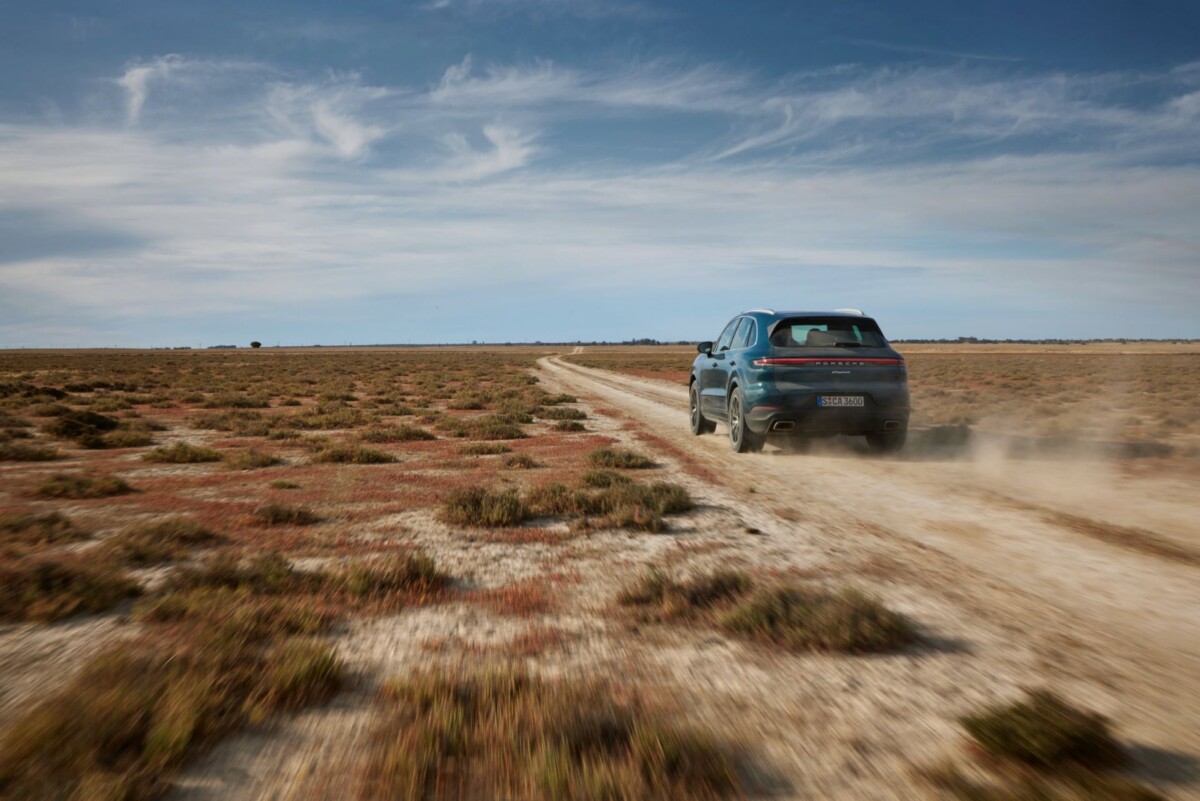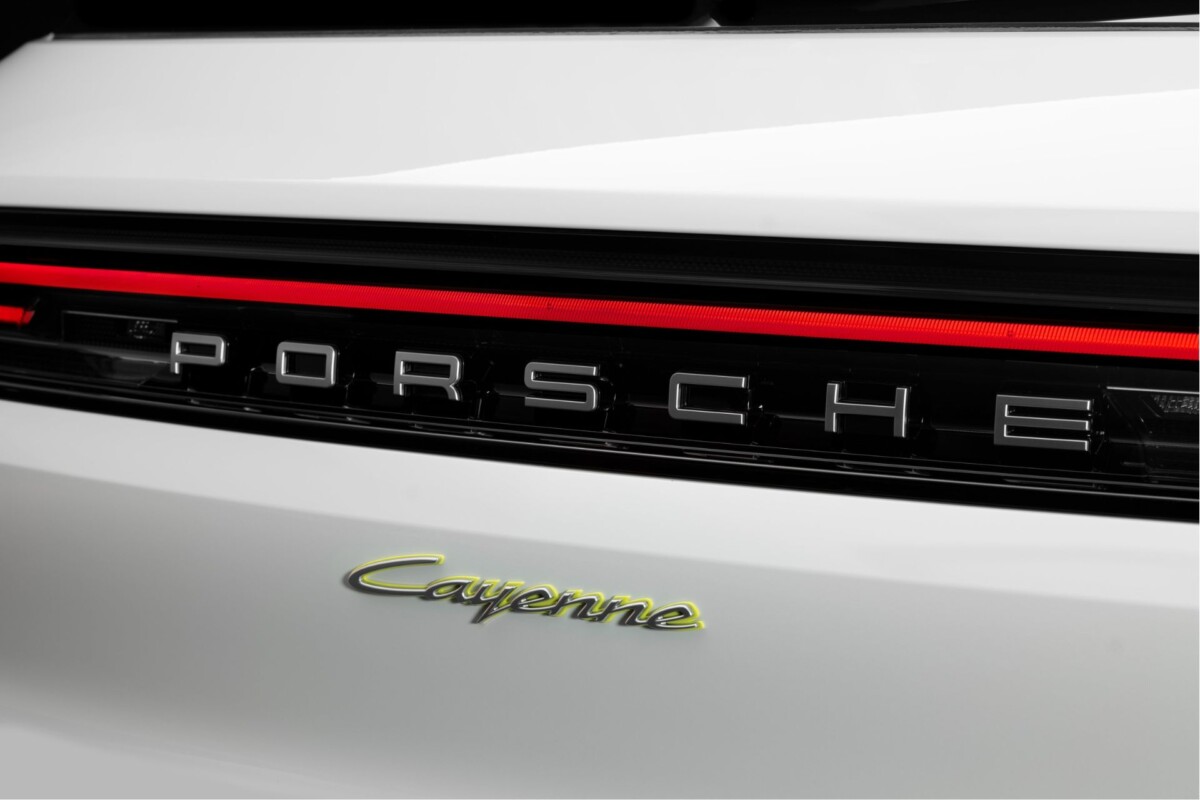Porsche has revised its plug-in hybrid Cayenne and modified certain characteristics in order to encourage owners to recharge it. It has been proven that this engine is harmful to the environment when it is not used properly.
If the European Union wants to ban all thermal models from 2035, rechargeable hybrids will not be spared either. But for the time being, this engine is still very present on the roads and in the ranges of the manufacturers, to the great displeasure of Brussels which sees it with a very bad eye.
A polluting engine
Indeed, this alternative to thermal and 100% electric is still meeting with some success, sinceit represents 8.6% of market share in 2023, compared to 8.3% last year. Since January, there have been 47,390 PHEV cars (Plug-in Hybrid Electric Vehicle) which were sold in France according to PFA figures. A figure, however, well below electric with 81,997 units, exceeding diesel.
Except that the rechargeable hybrid is not really a miracle solution. A few months earlier, the NGO Transport & Environment had warned of the risks of this motorization for the planet. The study showed that this alternative is particularly polluting, especially when the battery is not charged.

which happens quite regularly, most owners never taking the time to plug in their PHEV, because they can still continue to drive with the internal combustion engine. This leads to a sharp increase in polluting gas emissions as well as a spike in consumption due to the weight of the battery. This is one of the reasons why manufacturers now want to act.
This is particularly the case of Porsche, which recently renewed its Cayenne e-Hybrid, which features a PHEV engine. On the program, a slightly revised technical sheet, as the site reminds us. Challenges, who was lucky enough to be able to take the wheel for a test drive. The opportunity to discover the solution imagined by the manufacturer for force customers to charge the SUV battery.
A clever solution
During this grip, the journalist was indeed able to question the engineers in charge of the development of this new version. They explain that now ” we allow the electronics to drop the minimum battery level 2-3% lower than before“. That is to say that the residual security buffer, which makes it possible to always have a little electric autonomy even when the battery is empty is reduced.
And the reason is very simple, as Christian Reinhold, in charge of the Cayenne’s driving systems, asserts. He explains that ” it is an assumed choice, for discourage users from not charging the battery“. Because when the battery is empty, performance is greatly reduced. Especially since the combustion engine, which takes the form of a V6, goes from 340 to 304 horsepower on this new model.

The electric motor claims 176 horsepower., seven more than the previous version. The size of the battery has also been revised upwards, from 17.9 kWh to 25.9 kWh, allowing the hybrid SUV to display an electric range of 74 kilometers according to the WLTP cycle. Recharging is carried out in alternating current at a maximum power of 11 kW, which makes it possible to fill the battery in 2h30.
But Porsche is not the only manufacturer to act to encourage its customers to charge their car. This is also the case for Stellantis brands such as DS, Peugeot and Citroën, which have implemented a visual reminder on the dashboard. For its part, BMW has launched a more educational reward system based on the distance traveled in electric. The hybrid still seems to have a bright future ahead of it, thanks in particular to Toyota, which plans to launch PHEV vehicles with great autonomy.
Want to join a community of enthusiasts? Our Discord welcomes you, it’s a place of mutual aid and passion around tech.
